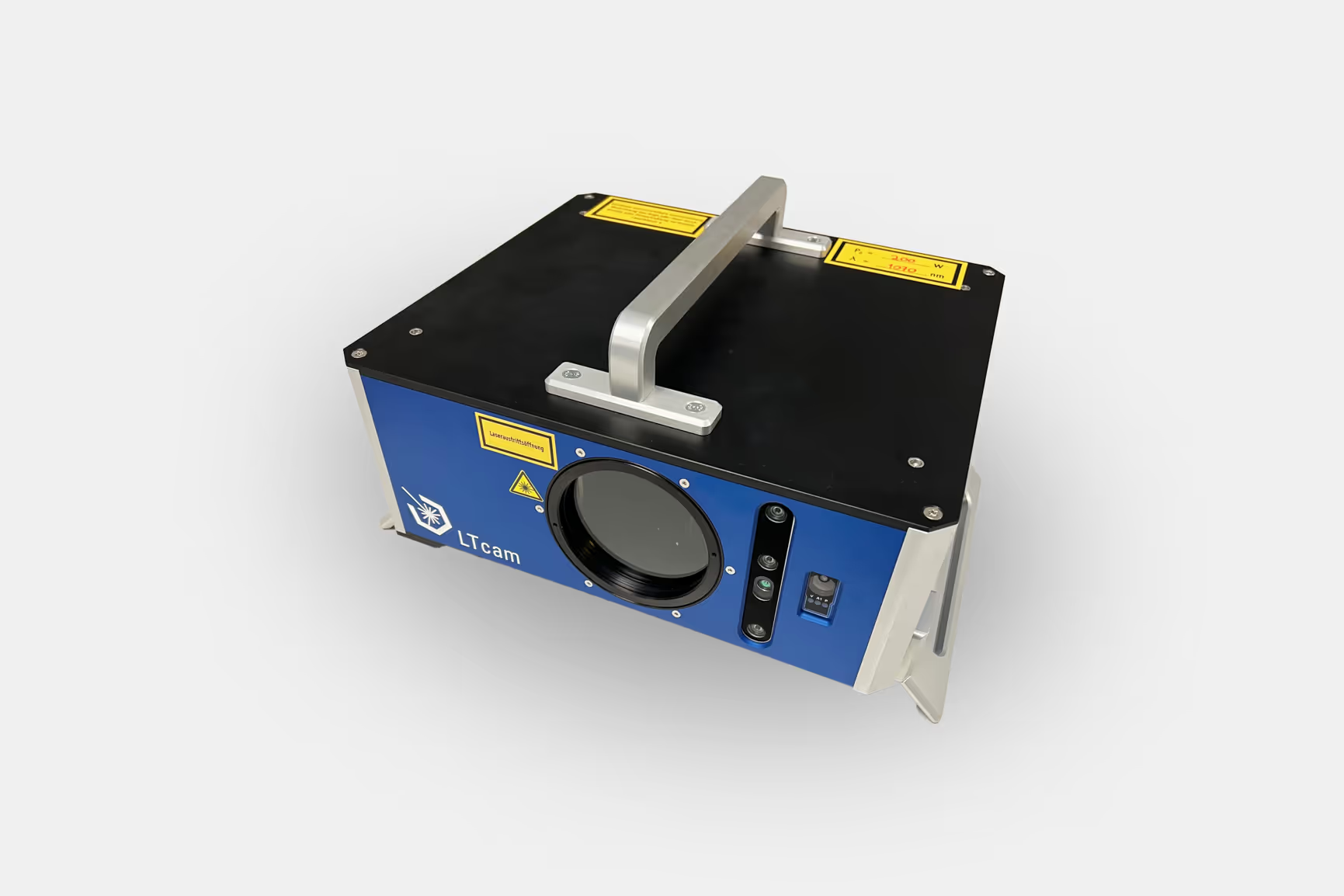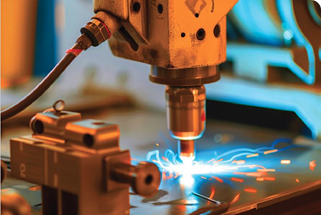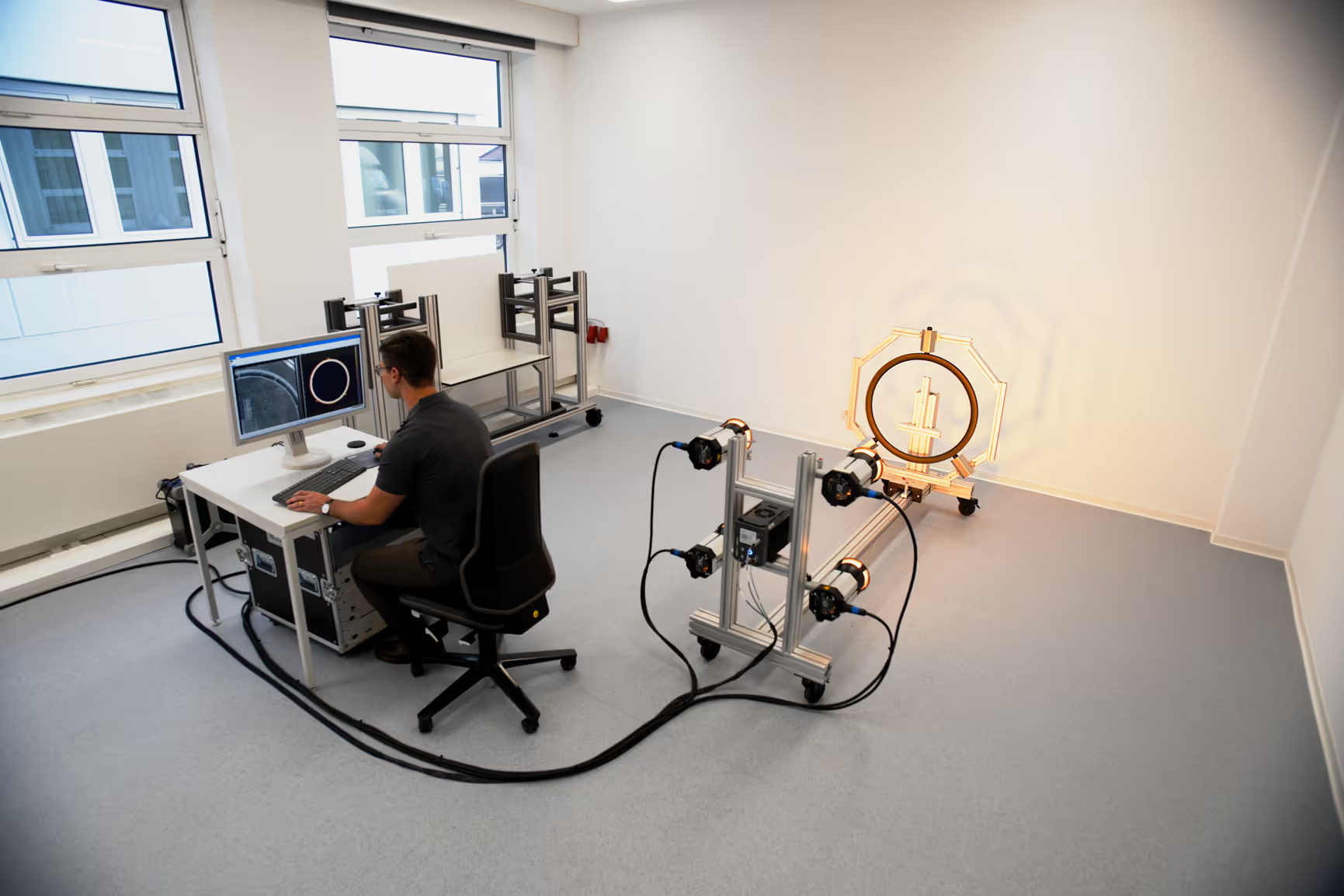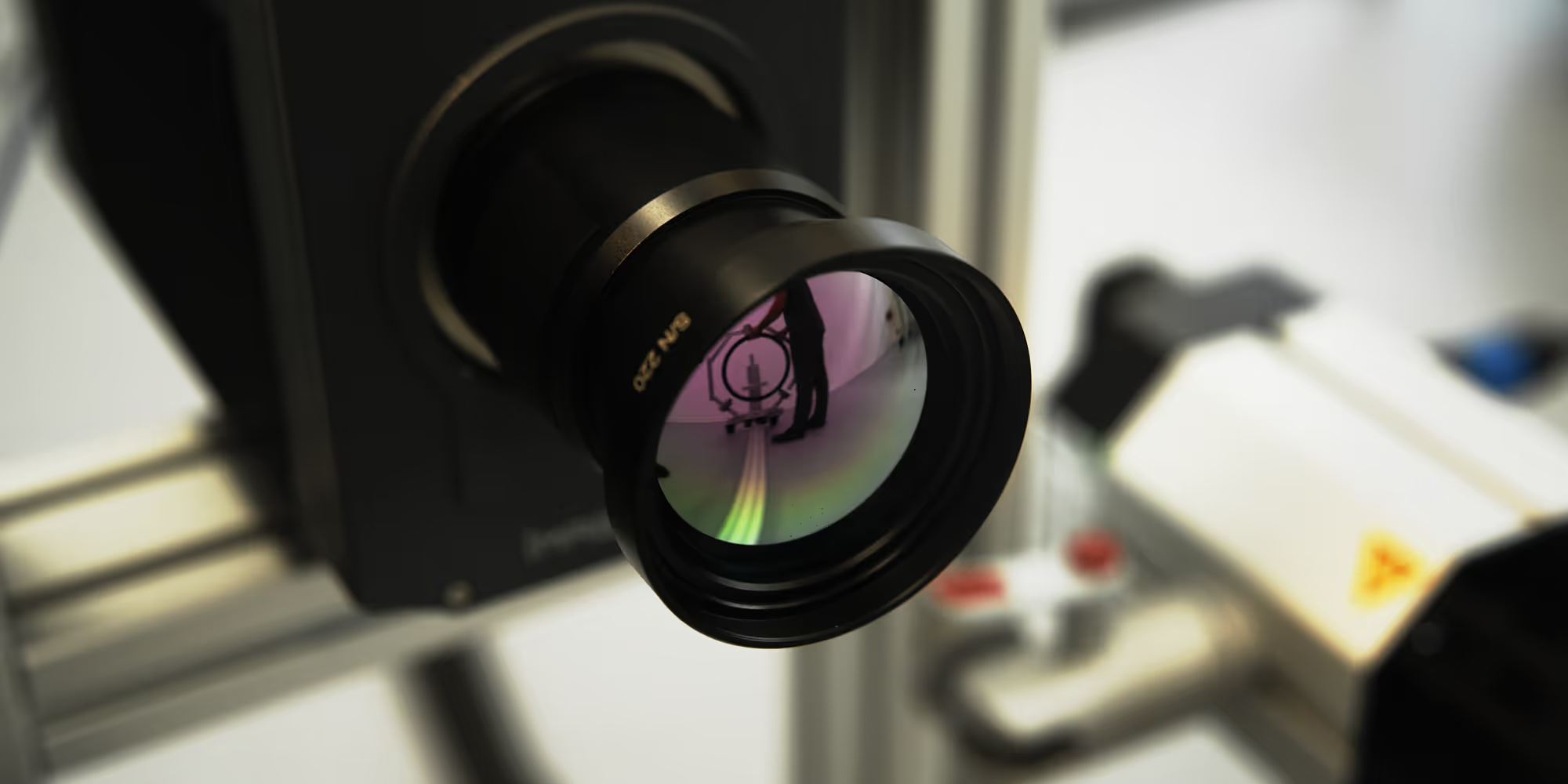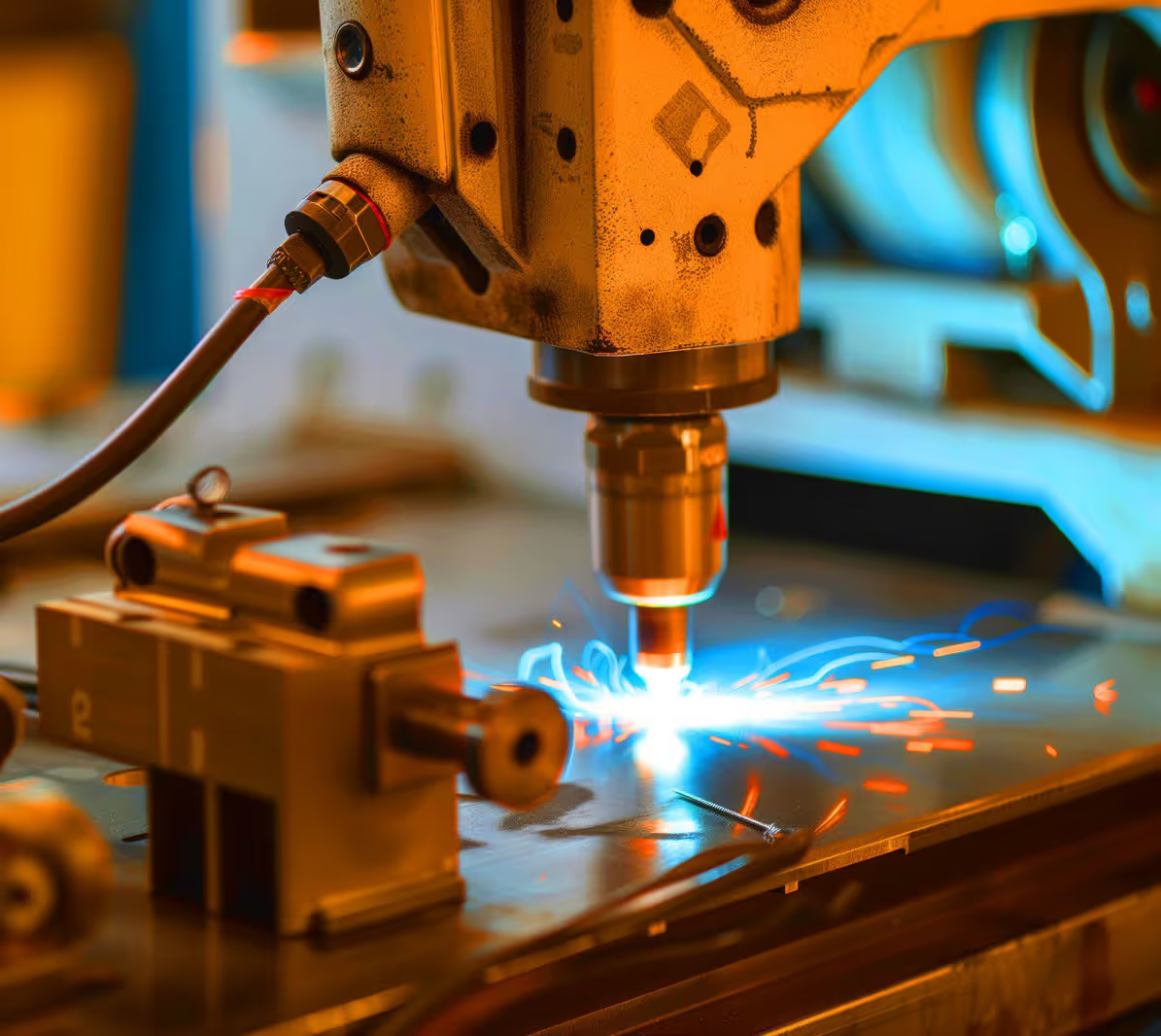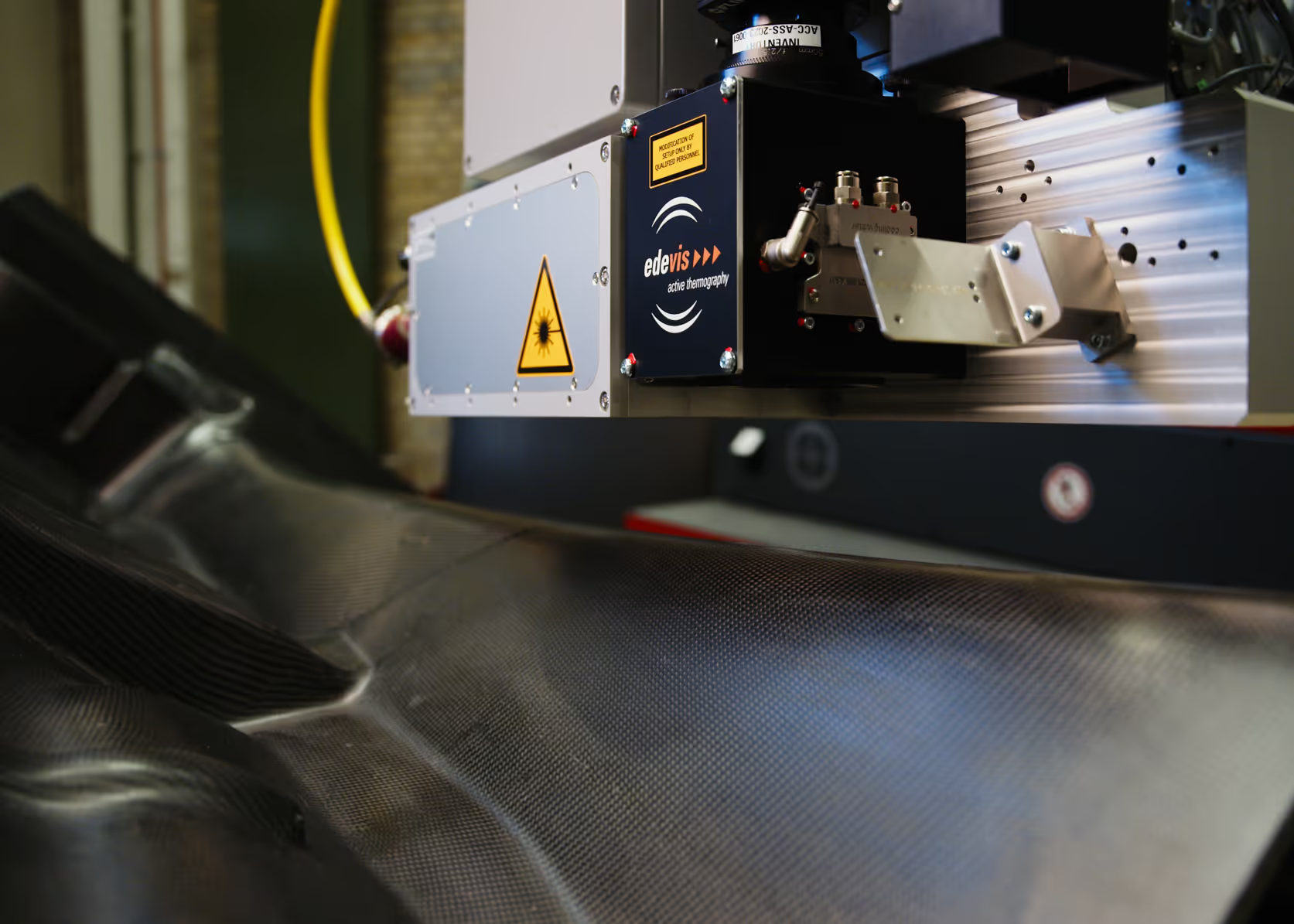Applications
- Crack testing on turbine blades
- Non-contact crack testing in the reactor area (nuclear power)
- Weld seam inspection
- Components with complex geometry
- Crack testing on non-metallic components
How does inspection with LTcam work?
Typical Workflow of an LTcam Inspection
1. Excitation via Laser
2. Heat flow in the component
3. Detection using an infrared camera
4. Software-assisted analysis
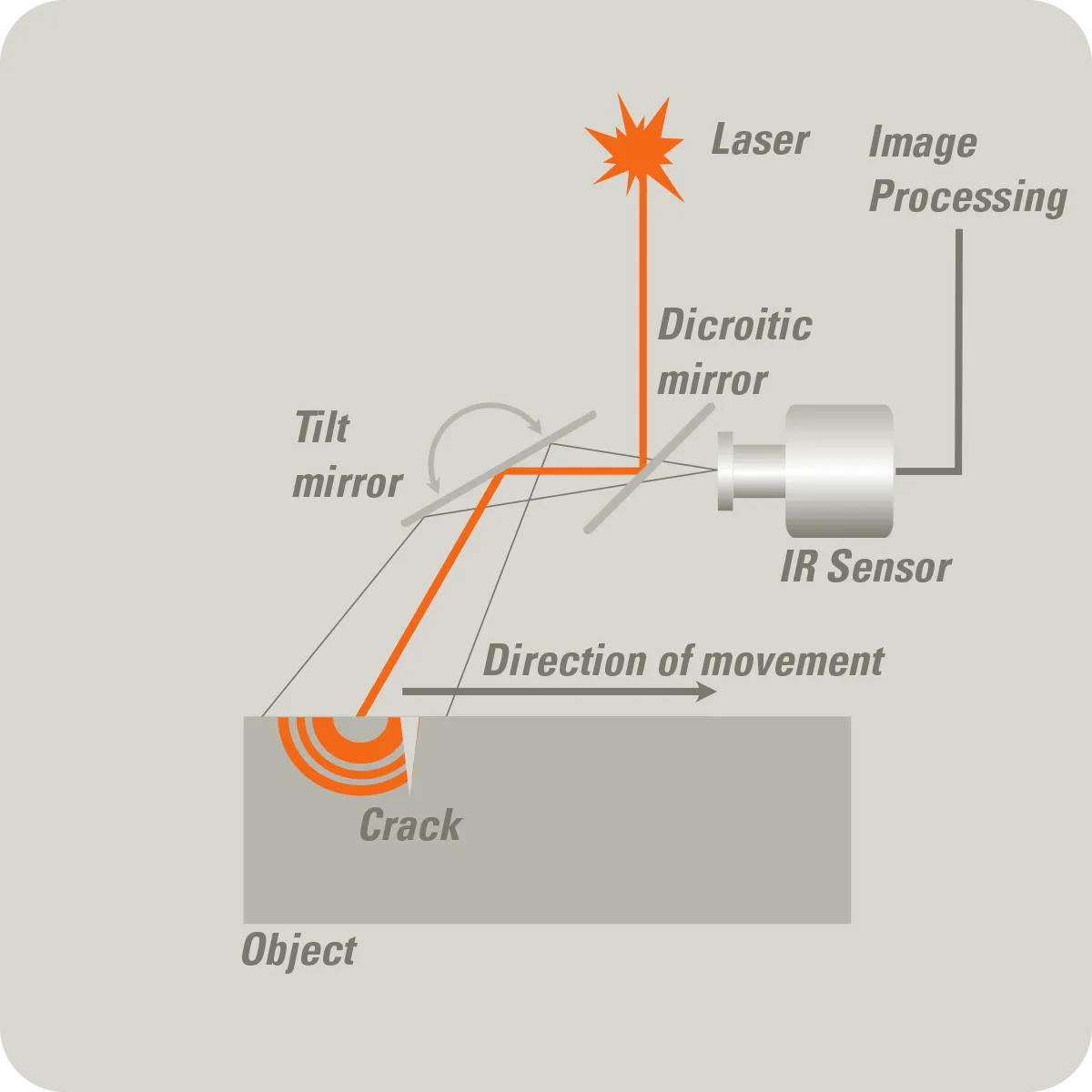
Standalone system
LTcam is controlled by the specific DisplayImg LTcam software. It combines the wide-angle VIS camera and the infrared scanning system, allowing to seamlessly select and inspect large areas.

- Adjustable laser line length from 30 to 90 mm
- Class 4 laser
- Laser power up to 200 W
- Customized laser optics
- Homogeneous laser line
- Working distance: 150 mm to 1500 mm
- High-resolution infrared sensor
- Use of various focal lengths
The LTcam systems are controlled via the edevis DisplayImg LTcam-software. It enables project management, automated stitching, support for visible and IR camera, and full control over all LTcam specific features and parameters.
Developed by the 3 know-how experts
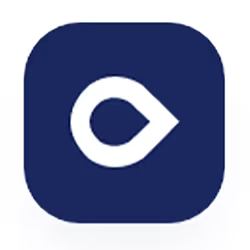
Intercontrol
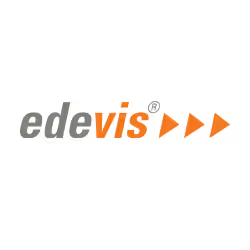
edevis
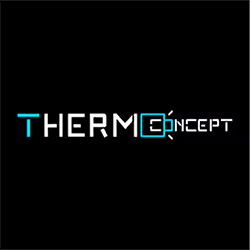
Thermoconcept
LTcam inquiries
Resources
FAQ
Our frequently asked questions — answered quickly and easily.
How does the thermographic inspection with the LTCam work?
The LTCam uses a powerful laser line to thermally excite the component surface. Heat flow disturbances caused by material defects are detected by an infrared camera and automatically evaluated with the DisplayIMG software.
Is the LTCam intended for mobile or stationary use?
The LTCam is versatile: as a laboratory solution, on mobile test units or as a fixed component in automated robot cells. It has mounting plates for robotics and a transport-friendly housing with carrying handles.
What special features does the LTCam offer compared to other thermography systems?
In contrast to conventional flash or lock-in systems, the LTCam generates a moving, focused laser line. This enables a significantly higher inspection speed (up to 2 m²/h), a greater inspection depth and contactless detection of even the smallest defects – even on hard-to-reach geometries.
Which software is used for control and evaluation?
The system is fully controlled via DisplayIMG from edevis. The software enables calibration, synchronization, live analysis and automatic generation of test reports – all in one tool.




